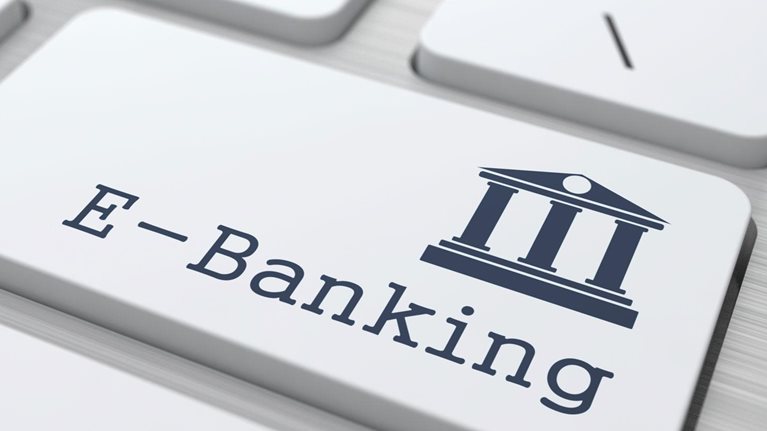In recent years, customer experience (CX) has emerged as a major differentiator for large companies, including financial-services providers. In a McKinsey survey of senior executives, 90 percent of respondents confirmed that CX is one of the CEO’s top three priorities.
It’s a priority because the stakes are so high. For financial institutions, for example, rising customer expectations are pressing organizations to come up with more functional improvements even as alternatives to traditional financial services are emerging. In this dynamic environment, financial institutions face a stiff challenge to differentiate their offerings while reducing cost and complexity for customers—and to do it at a profit.
Overcoming these challenges is critical not just to meet rising customer expectations and to compete with new digital attackers but also to generate significant business impact. Our research indicates that for every 10-percentage-point uptick in customer satisfaction, a company can increase revenues 2 percent to 3 percent.
At a time when the customer-satisfaction scores of top-quartile institutions can exceed those of bottom-quartile players by as much as 30 to 40 percentage points, the financial payoff from best-in-class CX can be significant indeed. These gains come from a variety of sources, including additional product purchases generated by cross-selling and upselling, such as when a borrower increases the value of a loan.
Would you like to learn more about our Digital McKinsey Practice?
To understand what constitutes distinctive CX in financial services, we performed benchmarking research on five key customer journeys—the series of interactions a customer has with a brand to complete a task—in banking and insurance.1 The survey findings in this article relate specifically to retail customer onboarding but apply generally to the other journeys we studied.
Reaching the top quartile of CX performers is no easy task. Cost, design, and value are emerging as key differentiators for customers, yet companies often lack guiding principles to shape those efforts. By analyzing and ranking correlations between customer satisfaction and operational factors (such as the reasons a customer chooses one company over others, cycle times, features offered, and the use of digital channels) in our survey, four pillars of great customer-experience performance stood out:
1. Focus on the few factors that move the needle for customers
We asked customers to assess different characteristics of the end-to-end experience, including the first interaction with the institution, the ease of identifying the right products, and the knowledge and professionalism of staff. We found that only a small number of characteristics (typically three to five out of 15) had a material impact and accounted for the bulk of overall satisfaction (Exhibit 1).

For example, when analyzing the characteristics of the customer onboarding journey, we found that transparency of price and fees, ease of communication with the bank, and the ability to track the status of the onboarding process accounted for 42 percent of overall satisfaction. The next three highest-ranking characteristics—assessment of broader customer needs; products and services received immediately after account opening, such as debit cards and mobile and online banking access; and ease of identifying the needed product—account for an additional 34 percent. Conversely, characteristics such as the courtesy of staff, the timeliness of callbacks, and the clarity of documentation had limited impact on satisfaction. This finding strongly suggests that banks should concentrate mainly on those things that make the most difference to customer satisfaction.
2. Ease and simplicity: The payoff trade-off
Today’s harried customer values convenience. Cutting down the time it takes to complete an individual journey, such as applying for an account, by making it easier and simpler has a deep effect on customer satisfaction.
For example, in France, customer satisfaction drops by up to 30 percentage points when the time to open an account exceeds 45 minutes. That 45-minute point marks the “satisfaction cliff.” But what’s really important to note is that there is a diminishing payoff in reducing the time it takes a customer to complete a journey. In France, again, the impact on customer satisfaction when taking between 15 and 45 minutes to open an account is relatively minor (the “satisfaction plateau”). Cut that process to below 15 minutes and satisfaction increases by up to ten percentage points. Companies need to work out the trade-off, then, between the investment in improving the ease and simplicity of a process and the resulting improvement in customer satisfaction and new value created.
As more processes are digitized, journey times will be cut back. But low cycle times alone don’t equate to superior CX. Rather, our research indicates that customers respond most positively to the ease of a transaction or process.
3. Master the digital-first journey, but don’t stop there
We analyzed different types of customer journeys: those that are completely online, those that start online and finish in a branch, those that start in a branch and finish online, and those that take place fully in a branch. We found that digital-first journeys led to higher customer-satisfaction scores (Exhibit 2) and generated 10 to 20 percentage points more satisfaction than traditional journeys.

For all the advantages of digital-first journeys, those journeys that are the most digitized across all the interactions lead to the greatest customer satisfaction. Nevertheless, many financial services do not provide fully digital services even when they exist, such as digital identification and verification. This finding indicates that financial-services providers can still significantly improve CX by digitizing complete journeys.
4. Brands and perceptions matter
It may not be surprising that companies whose advertising inspires their customers with the power and appeal of their brand or generates word of mouth deliver 30 to 40 percentage points more satisfaction than their peers. But how advertising or word of mouth affects perceptions is crucial. Two banks in the US, for example, performed nearly identically across a set of customer journeys. However, customers viewed one bank as delivering a much better overall experience than its rival, because the higher-ranked institution’s advertising promoted its user-friendliness.
That perception had an important effect on identifying promotions that were effective for attracting new customers but, on average, had a nearly neutral impact on satisfaction. The average, however, is misleading. Promotions are slightly negative for traditional banks but positive for purely online players. In the same vein, physical proximity to a financial-services provider tends to have, on average, little discernible influence on customer satisfaction. Again, though, the value to customers of physical proximity can vary widely from institution to institution and from country to country, pointing to a need for financial institutions to understand their customers at a more granular level.

Why the customer experience matters
Despite the impact of word of mouth in shaping perceptions, our survey revealed that few customers recommend a financial-services provider on the strength of their existing relationship with it. An existing relationship alone does not turn a customer into an advocate. Institutions that do more to please their existing customers and help them tell their story to their peers might be able to mobilize a new group of influential advocates for their products and services.
It pays to customize
While the four hallmarks for outstanding customer experiences tend to be universal, experience designers should focus on a range of customer preferences based on country, product, and age group. For example, we observed that the ease of navigating through the account-opening process had a larger impact on satisfaction in Italy than in France. Conversely, the assessment of broader customer needs is more important in France than Italy.
When looking across products, we also found detailed differences, such as the satisfaction factors for current accounts and mortgages. When working with current accounts, customers derive the greatest satisfaction from transparency on prices and fees; when they’re applying for a mortgage, by contrast, they most value the ease of filling in the application form.
Finally, there are also differences among customer groups. The ease of communicating with the bank is more important to customers 55 years and older than to 18-to-24-year-olds. Conversely, the ability to identify the right products is more important to 18-to-24-year-olds than to those 55 and older. This suggests that processes and value offerings need to be modular with their emphasis varying with what matters most to each customer segment.
Knowing what to do is the right place to start. But a company’s success in building out great customer journeys requires agile capabilities that excel at rapid iteration and testing and learning.2 Reacting to live feedback from real customers is often the difference between a good and a great customer experience.


